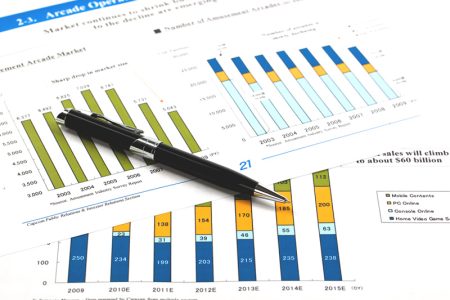The numbers: U.S. private-sector employment jumped by 324,000 in July, payroll processor ADP said, as businesses hired more workers to keep up with rising demand for services such as travel, fine dining and recreation.
Economists polled by the Wall Street Journal had forecast a gain of 175,000.
“The economy is doing better than expected and a healthy labor market continues to support household spending,” said Nela Richardson, chief economist at ADP.
The ADP payroll numbers offer clues about how many jobs are created each month, though they have a poor record of foreshadowing the government’s official employment report. The two reports do trend in same direction over time, however.
The government on Friday is expected to report 200,000 new jobs were created in July, including new hires in government. ADP’s report excludes government employment.
Key details: Nearly two-thirds of the new jobs created in July were at hotels, restaurants and other companies that provide leisure and hospitality. Employment in these areas nosedived during the pandemic and are only now recovering to precrisis levels.
Hiring also increased in warehousing and transportation, reflecting the long and ongoing shift to more online shopping and package delivery.
The goods-producing side of the economy, however, remained mired in a slump of sorts. Manufacturers shed 36,000 jobs, ADP said.
Small and medium-size firms did most of the hiring last month. Employment actually fell at large companies.
The annual rate of increase in wages, meanwhile, continued to slow. But wages for both job changers (10.2%) and those who stay in their jobs (6.2%) are running well above inflation.
In its revised figures for June, ADP said 455,000 new jobs were created instead of the initially reported 497,000.
By contrast, the government reported a much smaller 209,000 increase in June.
Big picture: The U.S. labor market has softened a bit. Not as many companies are hiring and they are not hiring as many people as they were a year ago.
Yet by any measure the jobs market is still quite strong, keeping upward pressure on wages and possibly inflation. Workers have sought more money not only because they have more leverage, but also to try to keep up with the rising cost of living.
Looking ahead: “I’m not sure what to do with the ADP data,” said Neil Dutta, head of economics at Renaissance Macro Research. “It implies a solid jobs market, but note that ADP has been running 41,000 per month above private nonfarm payrolls on average so far this year.”
Market reaction: The Dow Jones Industrial Average
DJIA,
and S&P 500
SPX,
were set to open lower in Wednesday trades. Yields on the 10-year Treasury
BX:TMUBMUSD10Y
rose slightly to 4%.
Read the full article here














